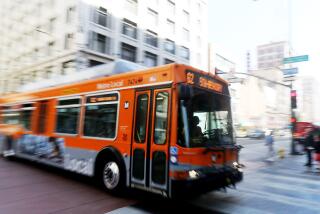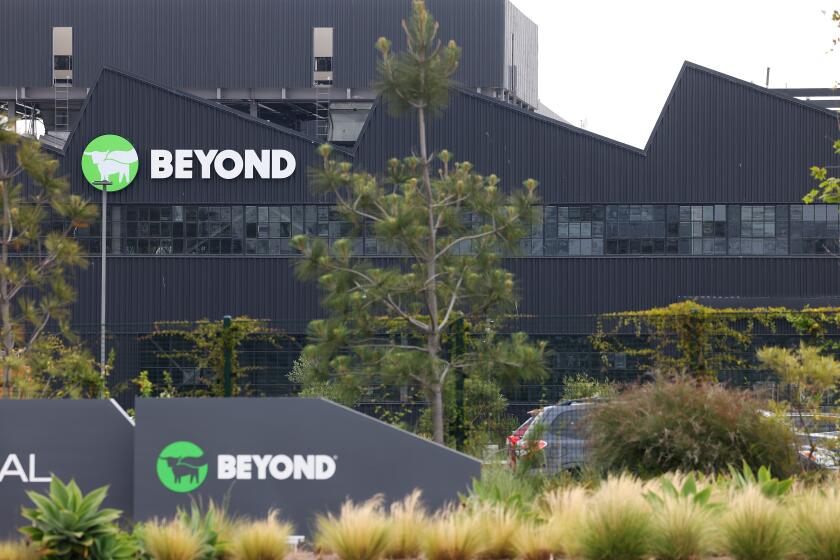L.A. Auto Show: Animal detecting systems coming as soon as 2013
The L.A. Auto Show is as much a showcase of new cars as it is of new technology, and one of the standout new technologies at the convention is a system that will help you detect animals on the road while you drive at night.
The system uses various algorithms and thermal imagery infrared cameras to see and detect animals on the road that are beyond vehicle headlightsâ field of vision. The system then uses an in-car display, audible notification and an alert on a heads-up display to warn drivers of animals that are on the road ahead.
The technology is the next generation of Night Vision, a product built by Sweden-based Autoliv, that is already on some vehicles and is capable of detecting pedestrians.
More importantly, the animal-detection system is the latest advancement in collision avoidance systems, which use sensors to anticipate collision risks. These systems are available in a number of luxury cars and have also recently become available on cheaper models with high-end option packages.
Thatâs a good thing because statistics show that collision avoidance systems -- such as blind spot sensors, forward collision warning systems and lane departure warning systems -- are helping drivers crash less.
The Highway Loss Data Institute estimates that if all passenger vehicles were outfitted with at least four sensor-based alert systems 1 out of 3 fatal crashes and 1 out of 5 injury crashes could either be prevented or made less severe.
As for the animal detection system, Autoliv says its technology could make it to consumers as early as next year. Already, the company has closed deals to offer the technology as an optional add-on for future Mercedes, Audi and BMW vehicles.
Stuart Klapper, Night Vision managing director, said the animal detection system could be particularly helpful in parts of the country where thereâs no shortage of wildlife. Klapper pointed to a study by State Farm Insurance that showed there were 1.09 million deer-vehicle collisions between July 1, 2010 and June 30, 2011, resulting in more than $3,000 in damage cost per collision on average.
âIts something that will help save lives,â Klapper said. âItâs technology that will give people comfort when they drive at night.â
ALSO:
Original Batmobile to go up for auction
L.A. Auto Show: Honda rushes to redesign lackluster Civic
L.A. Auto Show: 2013 Ford Fusion named Green Car of the Year
More to Read
Inside the business of entertainment
The Wide Shot brings you news, analysis and insights on everything from streaming wars to production â and what it all means for the future.
You may occasionally receive promotional content from the Los Angeles Times.











